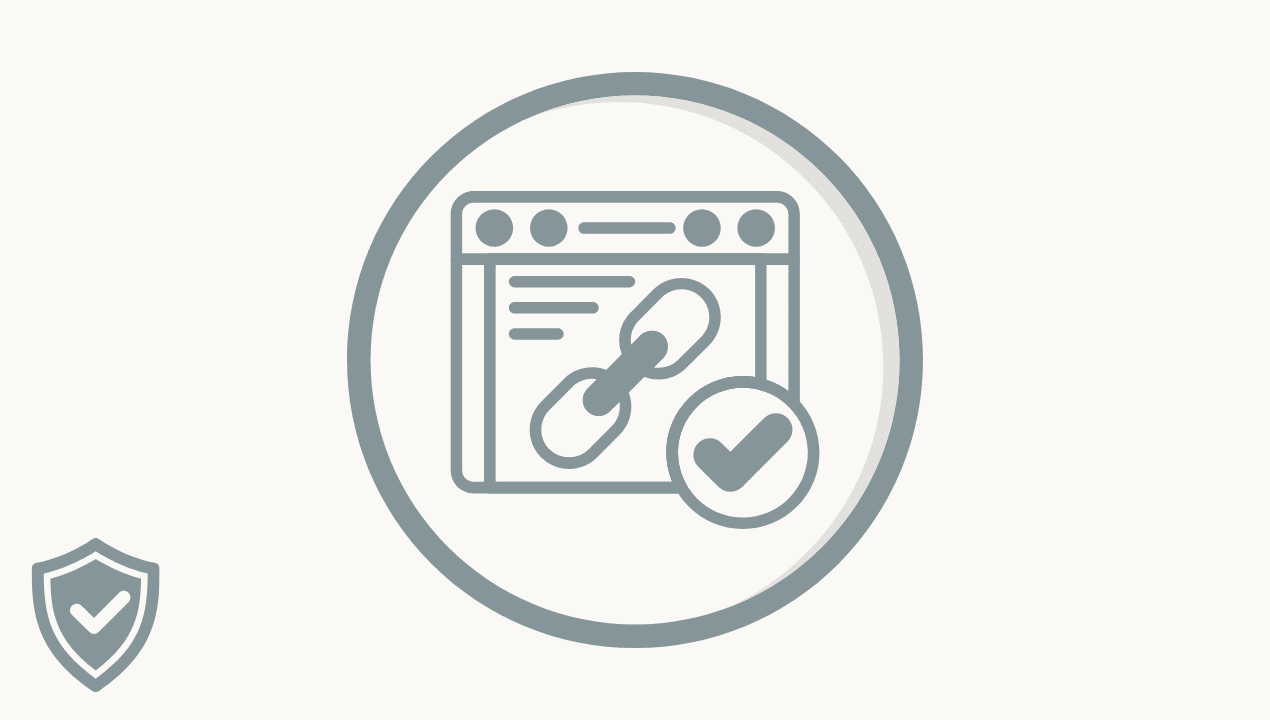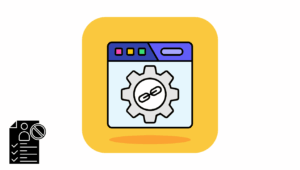You do not need a secret network or a big budget to grow authority. You need repeatable tactics that earn relevant links, help real readers, and signal trust. This playbook focuses on seven white hat strategies that compound. You will see how to pick the right assets, who to pitch, when to leverage data, and how to measure gains without obsessing over vanity metrics. Use the table to choose a starting tactic, then work through the weekly plan at the end. In this article, we’ll explore the authority hack, the top 7 backlink strategies to double your domain rating without buying links.
Understand What “Authority” Really Means: Backlink Strategies to Double Domain Rating
Third party metrics like Domain Rating and Domain Authority are proxies. They estimate the strength of your backlink profile. Search engines use their own models.
That means your goal is not to chase a number. Your goal is to earn editorial links from relevant sites to pages that deserve to rank. Quality beats quantity every time. If you want a quick refresher on the fundamentals, read a plain language primer on what backlinks are and why quality matters.
Strategy 1 Create Tangential Content That Journalists Can Cite
Editors link to pieces that make their story clearer. Pure product posts rarely do that. Tangential content solves this problem. Pick topics your audience cares about that sit adjacent to what you sell.
Think industry glossaries, salary snapshots, regional stats, or mistake checklists. Keep the tone neutral, add a clear methods note, and publish simple charts that embed easily. Tangential content earns links because it helps writers communicate context without endorsing your product.
Strategy 2 Turn Data Into Shareable Mini Reports
Original numbers travel farther than opinions. Start small. Combine a customer survey with public datasets. Package one specific finding per post and lead with a chart. Give every chart a copy paste embed code that includes a credit link.
When you pitch reporters, pull one surprising stat and the exact visual they can reuse. Data works across industries, from design portfolios that explain how content supports visibility to SaaS blogs that quantify outcomes.
Strategy 3 Convert Brand Mentions And Uncredited Visuals Into Links
You already have near wins. Set up alerts for your brand and key people. When someone mentions you without a link, thank them and ask for a simple attribution to the most relevant page. Do a monthly reverse image search for your charts and photos.
If you find reuse without credit, send a polite note with a ready made credit line and the correct URL. This approach is fast, friendly, and scales well once you document the email template.
Strategy 4 Build A Sources Page Editors Want To Bookmark
Create a permanent page that collects your best statistics, glossaries, calculators, and definitions. Keep each resource current and include a short “Methods” blurb with date and data origin. Editors love credible sources they can return to. Pair this with a few pages that explain long term SEO and content basics in simple language. You will catch interest from both beginners and specialists who need a quick reference.
Strategy 5 Guest Expertise That Solves A Publisher’s Specific Gap: Authority Backlink Strategies to Double Domain Rating
Traditional guest posts are fading because too many read like sales pitches. There is a better way. Offer a short expert note that fills a gap in a publisher’s existing article. Look for posts that rank on page one but lack a clear example, a current statistic, or a concise step by step.
Pitch a two sentence summary of the value you will add, include the proposed paragraph, and ask to be credited with a link to a relevant non commercial resource on your site. This helps the publisher first, which raises acceptance rates.
Strategy 6 Partner Features And Case Stories That Highlight Others
Authority grows when you share the spotlight. Publish case stories that feature partners and customers. Invite them to contribute a tip in their own words. Share a media kit with prewritten blurbs and images. Most partners will link back in their news or resources pages.
This works especially well in B2B because it acknowledges a real relationship rather than a transactional placement. Many agencies even write about how to evaluate partners, which you can reference when aligning expectations.
Strategy 7 AI Assisted Prospecting With Human First Outreach
Use AI to cluster keywords, map topical neighbors, and surface authors who already cite similar sources. Build small batches of twenty prospects per week. Personalize only one sentence that proves you read their work. Offer a clear resource that fits their page.
Respect a two follow up limit. This rhythm wins more than spray and pray. For deeper playbooks that combine AI with ethical link earning, study recent guides that focus on people first content and quality over volume.
Quick Selector Table Match Tactic To Your Situation: Authority Backlink Strategies to Double Domain Rating
| Situation | Best Strategy | Why It Works | First Action |
|---|---|---|---|
| New Site, Few Assets | Tangential Content | Easy to produce, broad interest, earns first citations | Draft a glossary or list of common mistakes with one chart. |
| Established Blog, Flat Growth | Mini Data Reports | Adds novelty and authority to existing topics | Combine a small survey with public data, publish one stat per post. |
| Mentions Without Links | Link Reclamation | High acceptance rate and quick turnaround | Set alerts and write a friendly two paragraph email template |
| Technical Audience | Sources Page | Editors and educators want credible references | Aggregate stats, calculators, and definitions with methods. |
| Agency Or B2B Network | Partner Features | Reciprocity and social proof drive links | Publish a case story, send partners a media kit. |
| Small Team, Limited Time | AI Assisted Prospecting | Focuses research, keeps outreach human | Cluster prospects weekly and cap follow ups at two. |
| Risk Of Toxic Links | Backlink Cleanup | Protects gains and improves trust | Audit and remove or disavow low quality links periodically. |
On Page Moves That Multiply Off Page Effort
Links send authority to pages. Pages must deserve it. Create descriptive title tags that mirror the problem your reader searches for. Place a direct answer in the opening section. Use short paragraphs, scannable subheads, and visual tables.
Add schema where appropriate. Link out to credible sources when you cite facts so your article reads like a helpful guide, not an island. Design matters too. Clean typography and fast load times make editors more comfortable linking to you because you reflect well on their audience.
Weekly Authority Sprint You Can Repeat For A Quarter
- Monday. Draft or update one tangential resource. Add a chart and a two line methods note.
- Tuesday. Build a list of twenty prospects. Ten are journalists who covered your topic in the last six months. Ten are bloggers with relevant how to posts missing your angle.
- Wednesday. Send ten helpful pitches with a single sentence of personalization and one clear ask.
- Thursday. Reclaim two brand mentions and one uncredited visual. Thank the author and provide the exact URL and credit line.
- Friday. Publish a success note for partners and tag contributors. Share the visual on social and in your newsletter.
- End Of Week. Record wins, update your sources page, and schedule next week’s targets.
How To Track Progress Without Losing Focus
Monitor three signals. New referring domains from relevant sites, the number of target pages with at least three editorial links, and growth in non branded organic clicks to those pages.
Review your backlink profile monthly and clean up toxic links if you see risky patterns. A clear guide on what constitutes a bad link and how to remove or disavow them will help your team act with confidence.
Common Pitfalls And Simple Fixes: Authority Backlink Strategies to Double Domain Rating
- Chasing Any Link Instead Of The Right Link. Stay within your topic and audience.
- Pitching Without Reading. Reference a specific line or missing element.
- Publishing Thin Updates. Add substance, not a new date.
- Inconsistent Branding Across Assets. Keep colors, typography, and captions consistent so embeds feel professional and on brand. Thoughtful design choices support visibility and trust
Authority Backlink Strategies Final Word
You can double authority without buying links if you stay useful, specific, and consistent. Build tangential resources, publish data people want to cite, reclaim what you already earned, and feature partners generously. Use AI to speed research and targeting while you keep outreach personal.
Protect the gains with periodic cleanup. Most of all, tie every tactic to a page that deserves to rank. Authority follows value when you make linking to you the easiest way for others to help their own readers.





